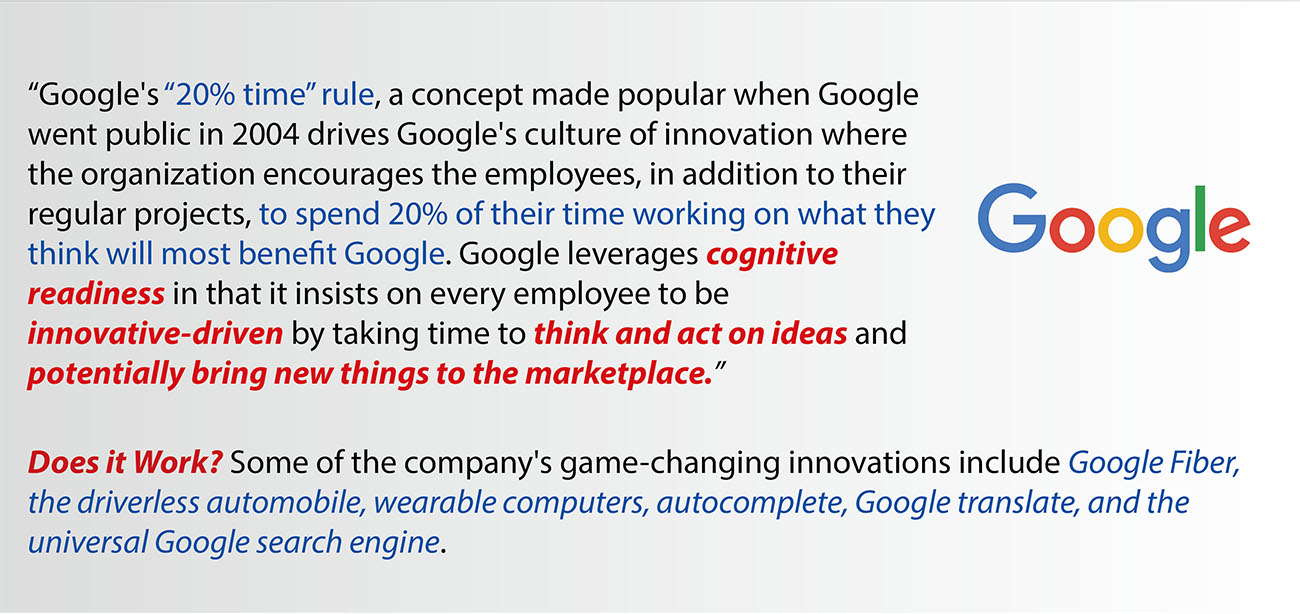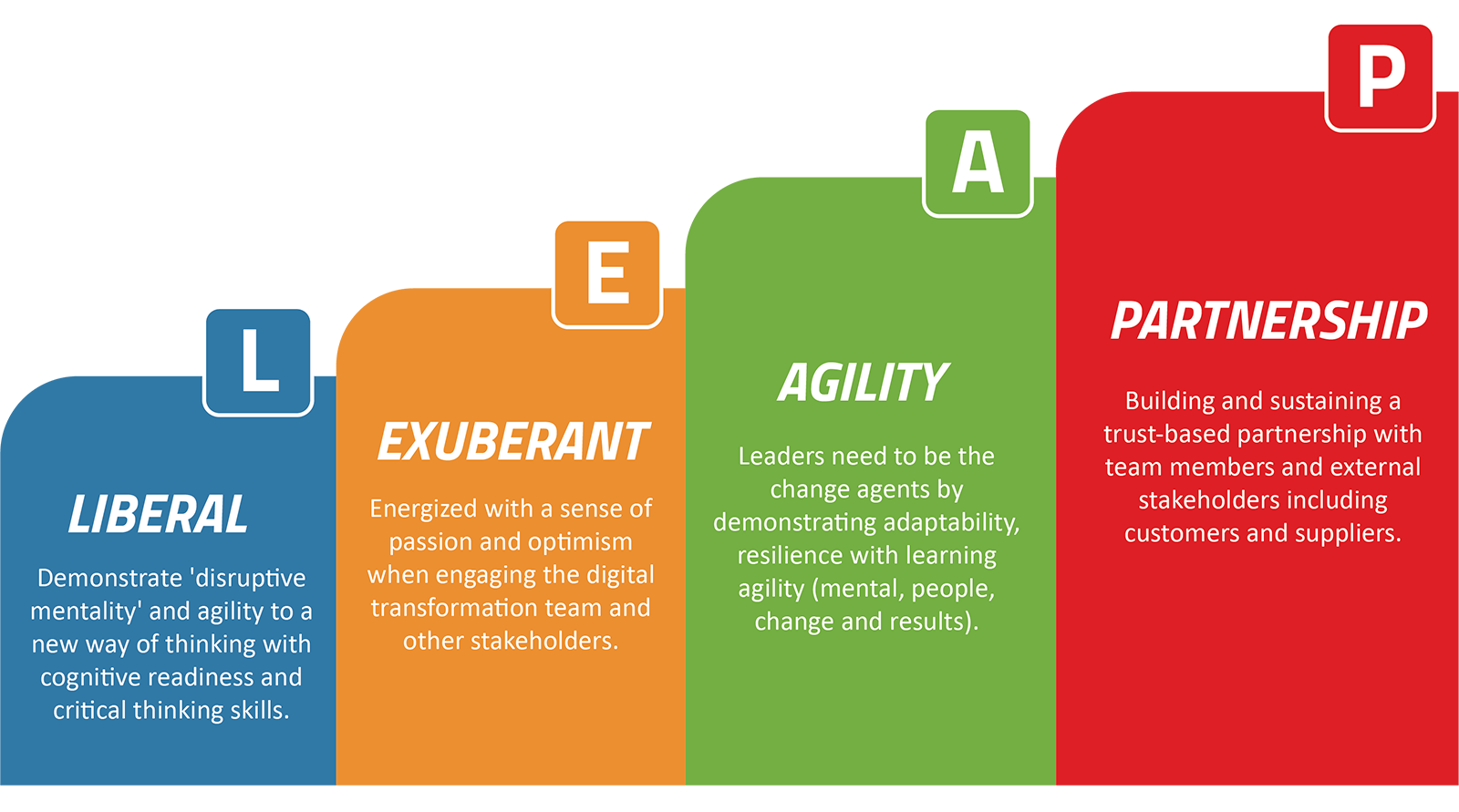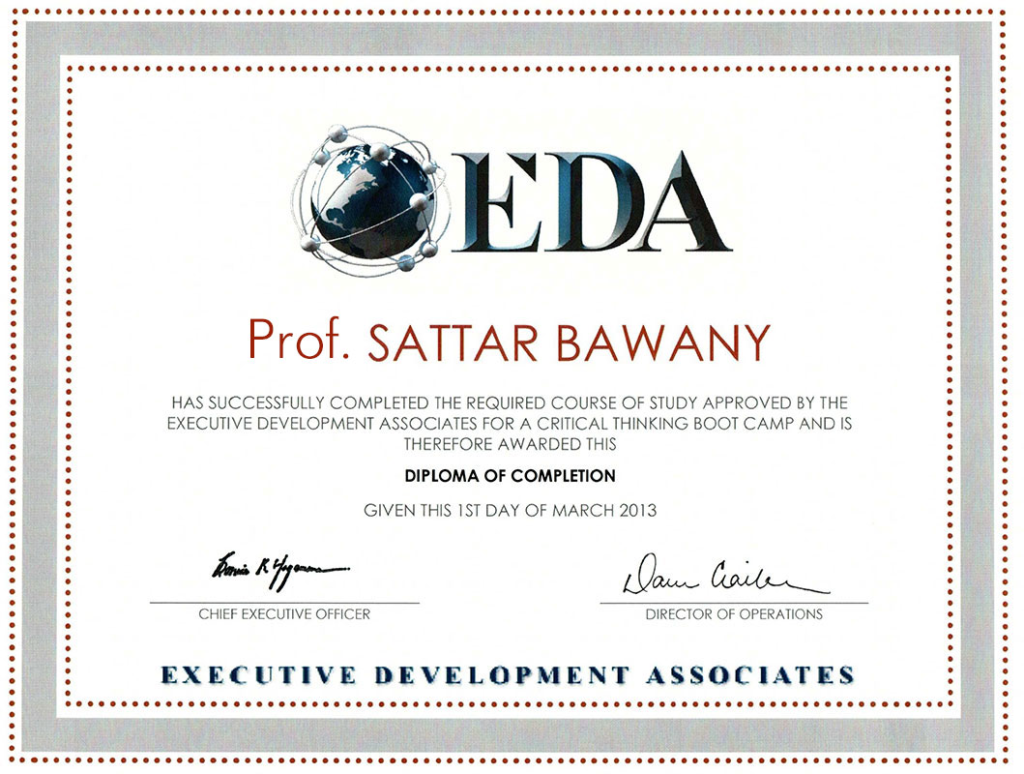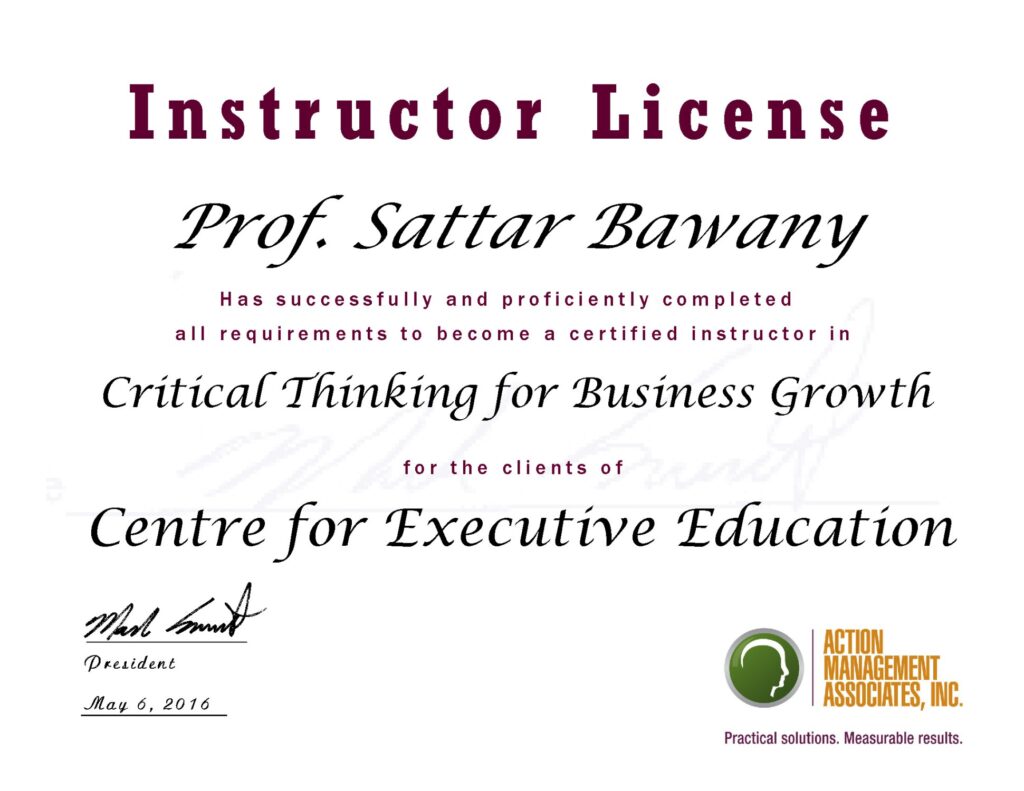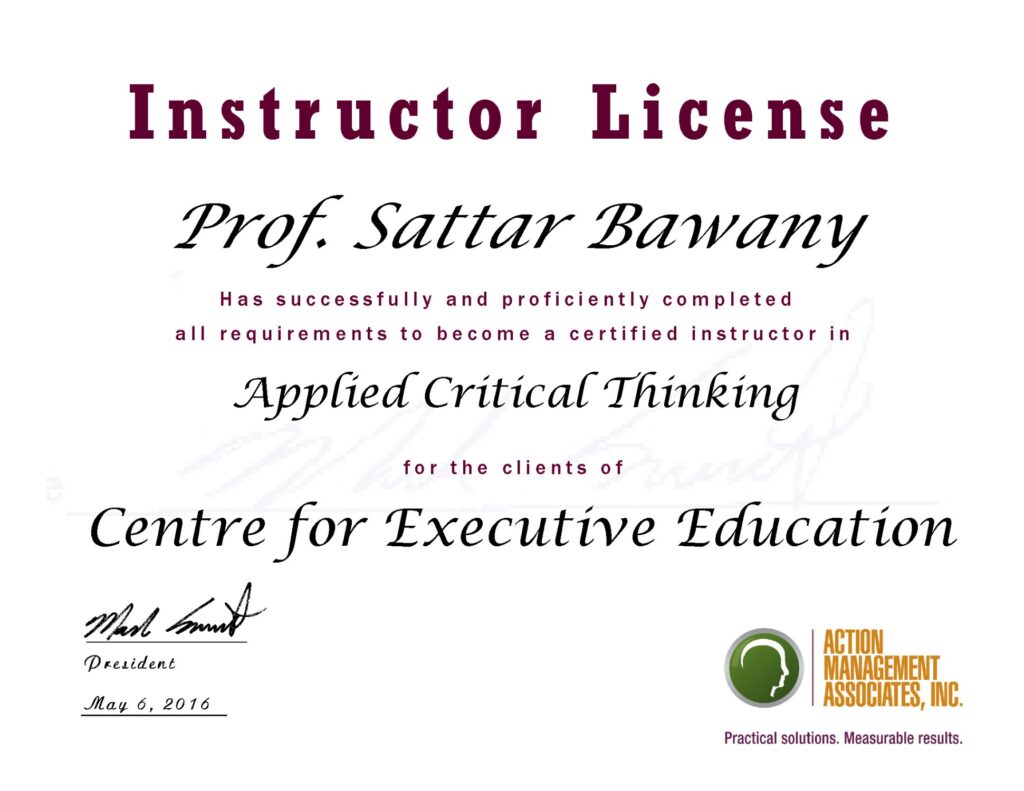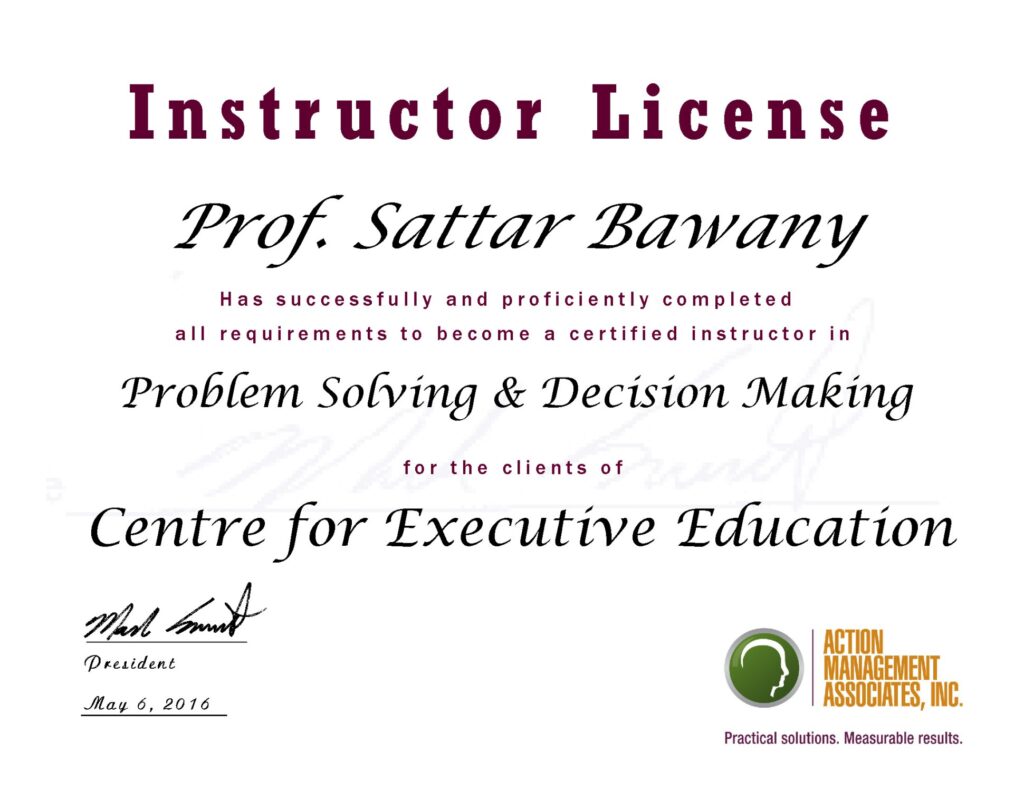Critical thinking is an active form of reflection that is deliberate, persistent, and careful. It challenges preconceptions, perceptions, and received wisdom. And it is, most important of all, focused on deciding what to believe and what to do. It is, therefore, inherently practical and generates a set of guidelines for the practitioner. It involves what some have called metacognition or the act of thinking about how we think.
Critical thinking aims to better understand the meaning and implications of information, conclusions, options, and decisions and to identify and evaluate the assumptions upon which thinking (our own and others’) is based. It can bring a powerful rigor to crisis management if it is applied with perseverance, determination, and self-awareness.
Critical thinking in business literature is often confused with skills like “problem-solving.” In reality, “problem-solving” is quite different from “critical thinking.” Sometimes problem-solving requires thinking skills, like how best to balance profit and loss statements, but not critical thinking skills—rational, reflective thinking. Some business-related problems, for example, require emotional intelligence, which is thinking that is neither rational nor reflective. In other words, while critical thinking often refers to “problem-solving,” not all problem-solving is an example of critical thinking. Critical thinking consists more of “habits of mind” providing a framework in which problem-solving can occur. Often, these distinctions aren’t clear in business education literature.
Pearson has developed the following RED model—Recognize assumptions, Evaluate arguments, and Draw conclusions as a way to view and apply critical thinking principles when faced with a decision (Chartrand, Ishikawa, and Flander 2018).
The RED model of critical thinking (See Figure 1) includes the following elements:
Recognize assumptions: This is all about comprehension. Understanding what is being stated and considering whether the information presented is true, and whether any evidence has been provided to back it up. Correctly identifying when assumptions have been made is an essential part of this, and being able to critically consider the validity of these assumptions – ideally from several different perspectives – can help identify missing information or logical inconsistencies.
Evaluate arguments: This skill is about the systematic analysis of the evidence and arguments provided. Being able to remain objective, while logically working through arguments and information. Critical evaluation of arguments requires an individual to suspend their judgement, which can be challenging when an argument has an emotional impact. It is all too easy to unconsciously seek information which confirms a preferred perspective, rather than critically analyze all the information.
Draw conclusions: This is the ability to pull together a range of information and arrive at a logical conclusion based on the evidence. An individual with strong critical thinking skills will be able to adjust their conclusion should further evidence emerge which leads to a different conclusion.
Critical thinking is important because individuals who engage in quality thinking make better decisions. They arrive at conclusions which are impartial, well informed and objective. Furthermore, such people can make decisions with limited supervision, enabling them to independently make judgements: in a military environment where agility can mean lethality, in a world where time can be money, waiting for someone else to validate decisions can be costly and result in missed opportunities.
Further details can be found here.




